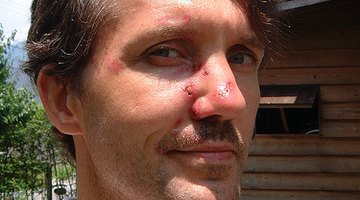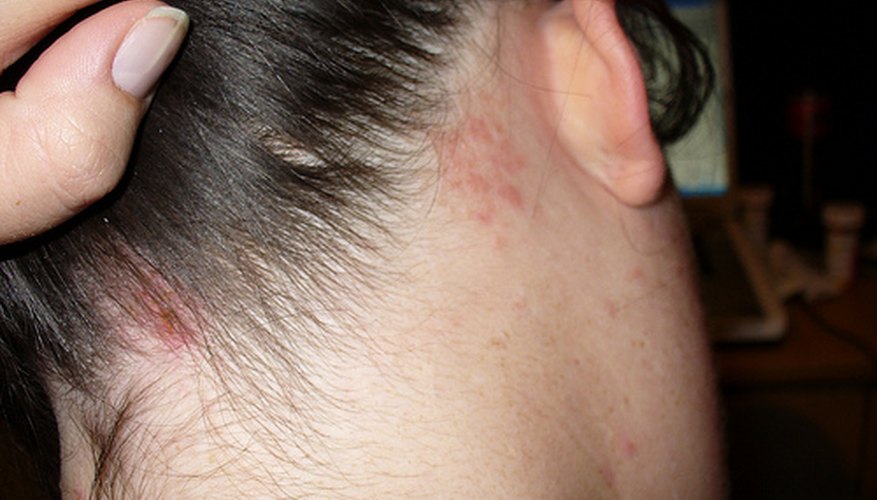Shingles, if not treated right away, can lead to permanent bodily damage. It is contagious in its third stage when blisters erupt. Anyone who has had the childhood disease chickenpox is vulnerable to contracting shingles.
Stages
There are three main stages of shingles. First, pain is felt in a localised area of the head, back or side. Second, a rash, blisters and flu-like symptoms occur. Third, blisters erupt and pain increases, which can lead to Post-Herpetic Neuralgia (nerve pain) for months or years.
- There are three main stages of shingles.
- Third, blisters erupt and pain increases, which can lead to Post-Herpetic Neuralgia (nerve pain) for months or years.
Exposure
When people have chickenpox, the virus remains dormant in their bodies. Those who have had chicken pox and are exposed later in life to someone carrying chickenpox are vulnerable. Most adults carry the chickenpox virus but in only 10 to 30 per cent will the virus reactivate.
Family History

Research, including a study at the University of Texas Medical School at Houston, has shown that people with a family history of shingles may be more susceptible to contracting the disease.
Age and Immune System Factors
People 60 and older are the most at risk for contracting shingles. Individuals with weakened immune systems because of cancer, dialysis, HIV, and AIDS or other immune system-suppressing illnesses are at increased risk.
Treatment
Conventional treatments include antivirals, pain-killers and antibiotic topical creams. Natural treatments range from hypnotherapy to nutrition restrictions.
Vaccine
A vaccine has been developed at Stanford University for adults that can help avoid contracting shingles or reduce its duration and severity.
